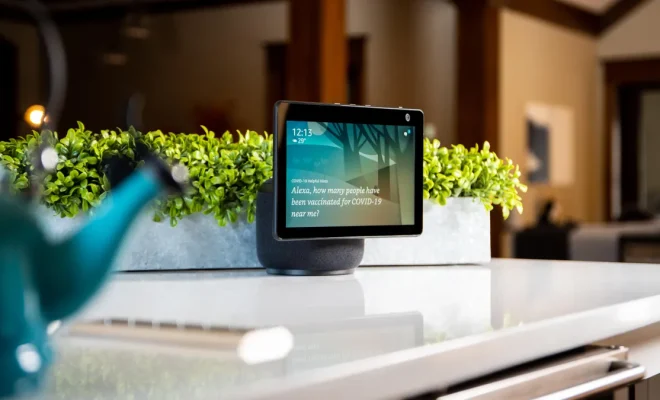A brief history of Android phones

The emergence of Android phones can be traced back to the early 2000s, when a group of engineers came together to create an operating system that would revolutionize the mobile industry. This groundbreaking platform, now known as Android, has brought about a new era of mobile technology and transformed the way we communicate.
The Birth of Android
In October 2003, Andy Rubin, Rich Miner, Nick Sears, and Chris White founded Android Inc., with the vision of creating a mobile platform that would offer greater freedom and flexibility to developers. In July 2005, Google acquired Android Inc. and made Rubin the head of its new mobile team. Soon after, Google announced its intention to develop an open-source operating system based on Linux for mobile devices.
The Launch of the First Android Phone
Leading up to the official unveiling of Android in November 2007, rumors and speculations had spread about Google’s ambitious project. Finally, on September 23, 2008, the T-Mobile G1 (also known as HTC Dream) was launched. This was the first commercially available smartphone to run on Android OS.
The Growth of Android and Key Milestones
The open nature of Android allowed it to quickly gain traction among smartphone manufacturers. Some key milestones in the growth of Android include:
1. Android Market: The original app store that debuted with the T-Mobile G1 was called ‘Android Market’. It allowed users to browse and download apps directly onto their devices. Today this platform is known as Google Play Store.
2. Nexus Series: In January 2010, Google unveiled its first self-branded smartphone – Nexus One – manufactured by HTC. Nexus phones were built as developer-focused devices, showcasing the latest in hardware and software capabilities.
3. Samsung Galaxy S: The Samsung Galaxy S series has become synonymous with Android success since its debut in June 2010. By providing a premium user experience, the Galaxy S line has become one of the best-selling Android smartphones to date.
4. Android Tablets: The Motorola Xoom, launched in February 2011, was the first tablet to run on Android’s Honeycomb OS (Android 3.0).
5. Project Butter: The release of Android 4.1 Jelly Bean in July 2012 introduced Project Butter, which focused on improving device performance and providing a smoother user experience.
6. Google Now: The Google Now personal assistant was unveiled with Android 4.1 Jelly Bean. This feature provided users with personalized information and updates through cards displayed on their devices.
7. Material Design: Android 5.0 Lollipop, released in November 2014, introduced Material Design – a visual language expressing guidelines for app design and interaction.
8. Android Wear (now Wear OS): In March 2014, Google announced the expansion of Android onto wearable devices through Android Wear.
9. Google Pixel: In October 2016, Google replaced the Nexus line with the introduction of its Pixel smartphones.
The present-day scenario witnesses numerous players adopting and creating new smartphones using the Android operating system from big brands like Samsung, LG, and OnePlus to new entrants like Xiaomi and Realme.
From its humble beginnings, Android has come a long way in establishing itself as not only a reputable OS but also as a dominant force in the smartphone market. With continuous innovations in hardware and software blending seamlessly with its open-source nature, Android is poised to remain an essential presence in our increasingly connected world for years to come.




